Bradgate Park: Wildlife, History, and Stunning Views
Bradgate Park is a fantastic place to explore and connect with nature, especially for wildlife lovers. It is home to a herd of over 550 Red Deer and Fallow Deer, and has been a Medieval park for over 800 years.
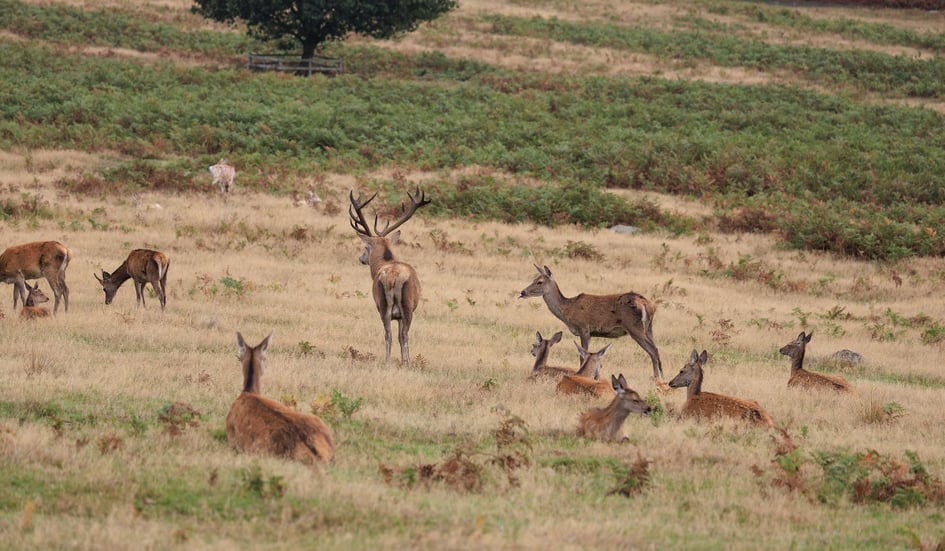
What makes the park truly special is that the deer are able to roam around freely, offering a great opportunity to get up close and photograph them in a natural, wild environment.
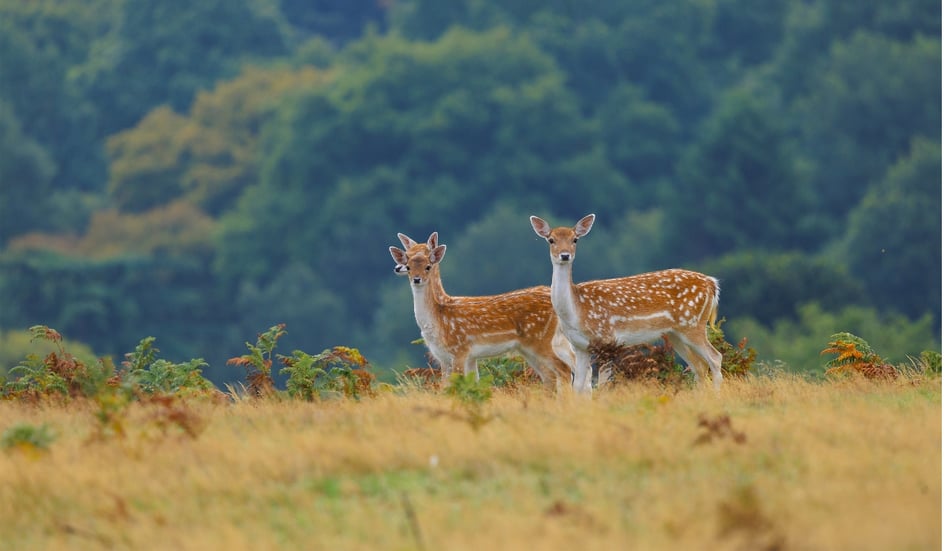
The Best Time for Photography
To capture the best possible photos, one of the best times of year to visit is during the rutting season in October. This is a spectacular event, and the awesome colours of the autumn foliage provide a stunning backdrop for your photographs. Since the rut is the breeding season for the deer, they are very active during this period, giving you a high chance of catching some memorable shots.
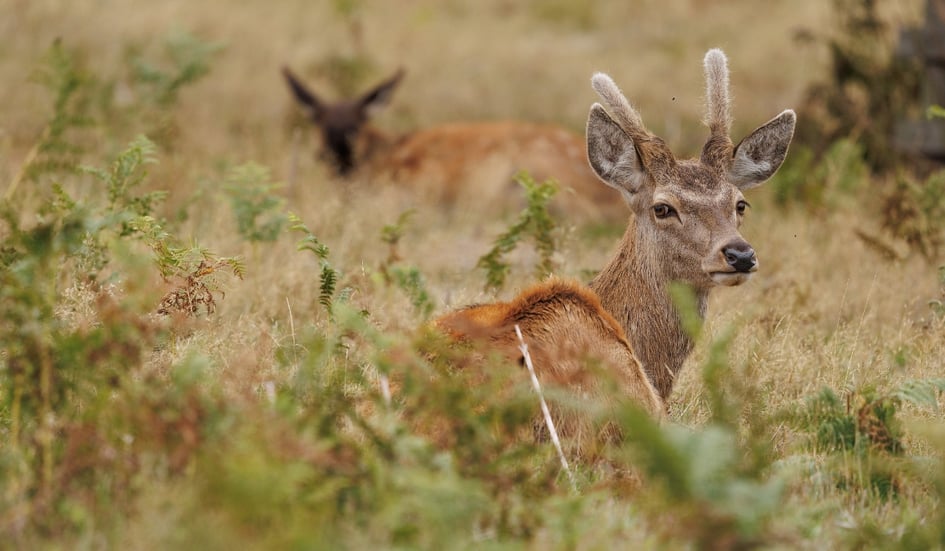
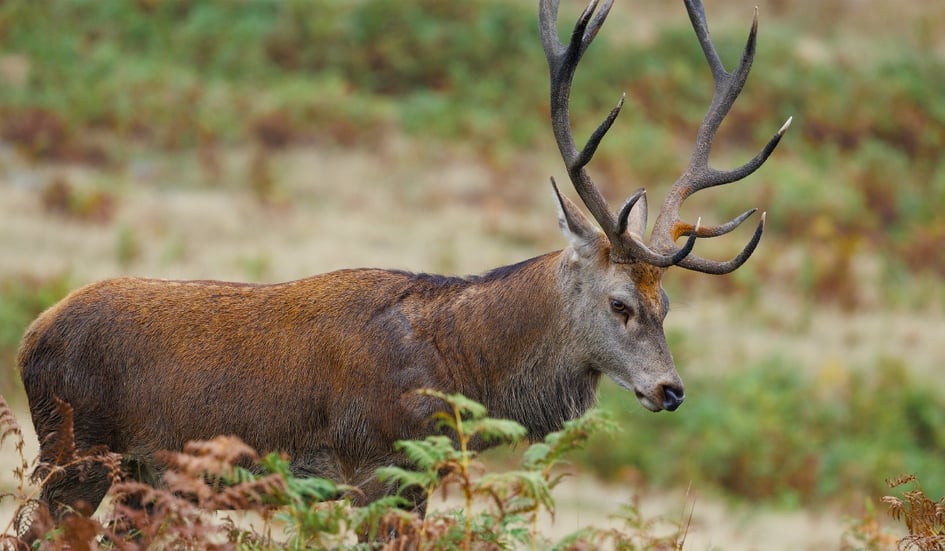
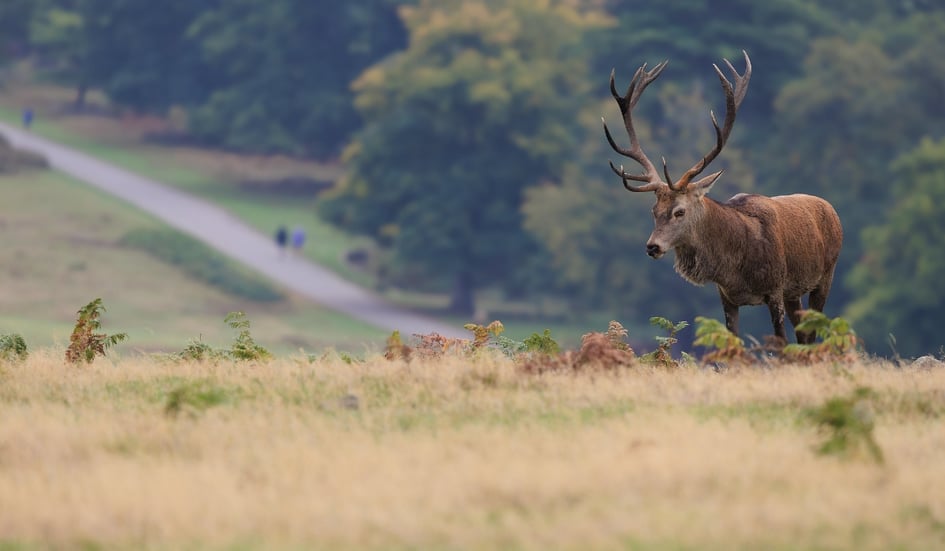
History
Beyond the wildlife, Bradgate Park is also steeped in history. It was the childhood home of Lady Jane Grey, who was born in the early 15th century and is famously known as the Queen of England for nine days.

Activity’s
The park is enormous, not just a great place to see wildlife. The circular walk around the estate is around 8 to 10 miles, making it an excellent location for walking along the footpaths, and it’s also a great spot for cycling.
Keep an eye out for the abundant birdlife, too. When you’re walking within the fields, you may spot birds of prey such as Kestrels, Buzzards, and other small raptors.
Visiting Information
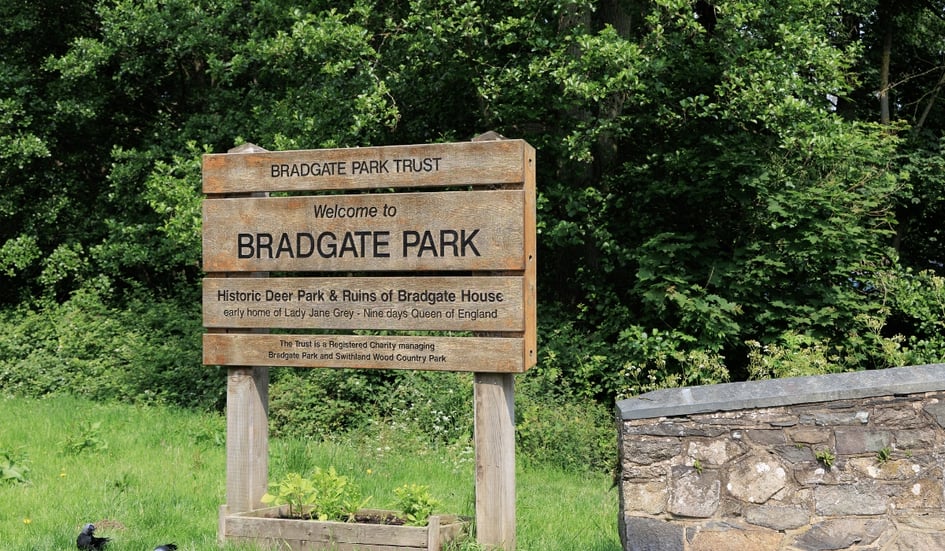
-
Location: Bradgate Park is based in Leicestershire, in the Midlands.
-
Opening Hours: Opening hours are generally from 8:00 AM until dusk during the off-peak season. In the summer, the park tends to stay open a little later, usually until 7:30 PM.
-
Cost: Entry to the park itself is free. The only thing you need to pay for is car parking, which is quite affordable, usually under £5.
If you haven’t been to Bradgate Park before, it is definitely somewhere you should visit. It’s a wonderful experience to see one of the biggest native mammals we have in England up close in its natural environment, and it is highly recommended.